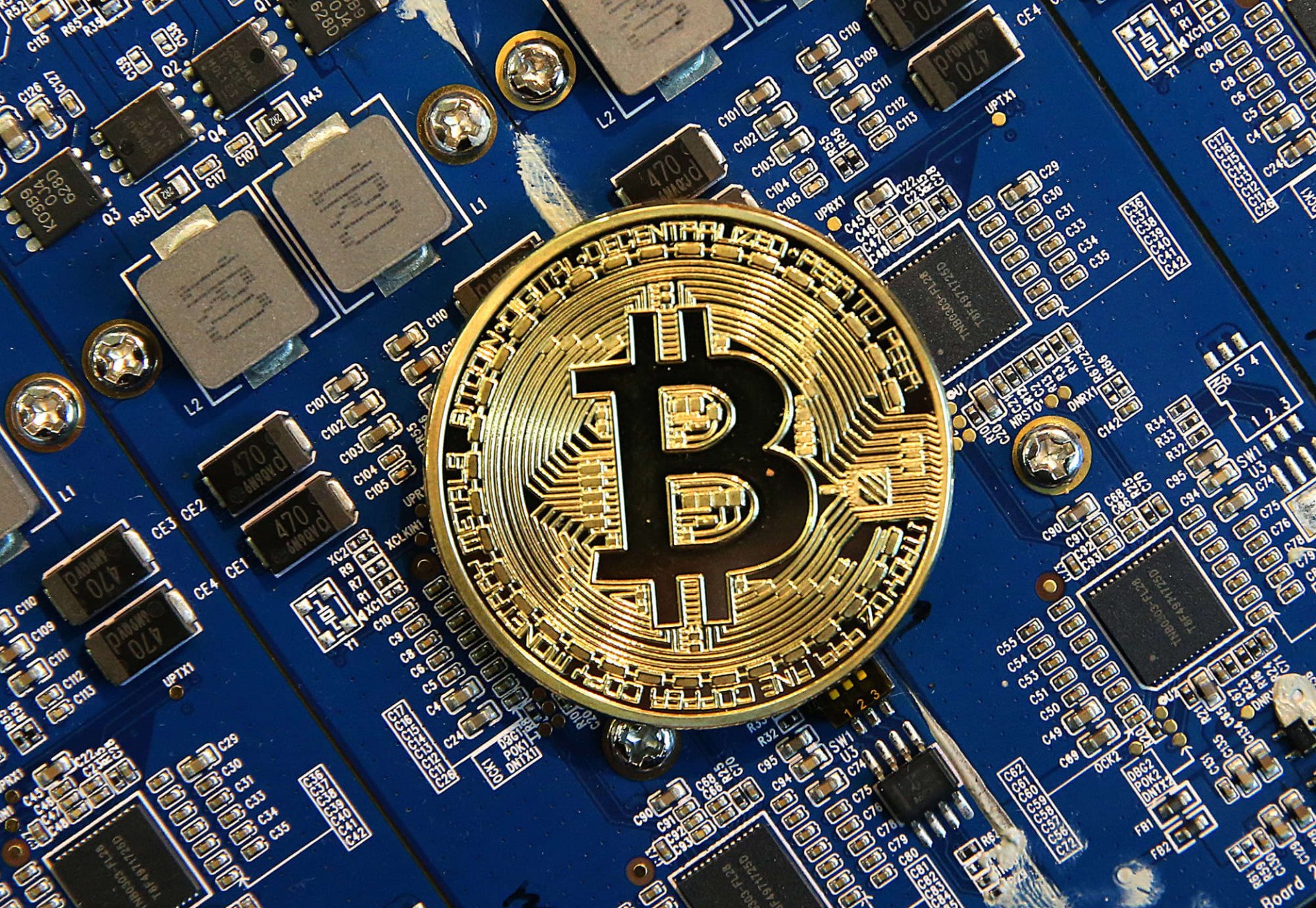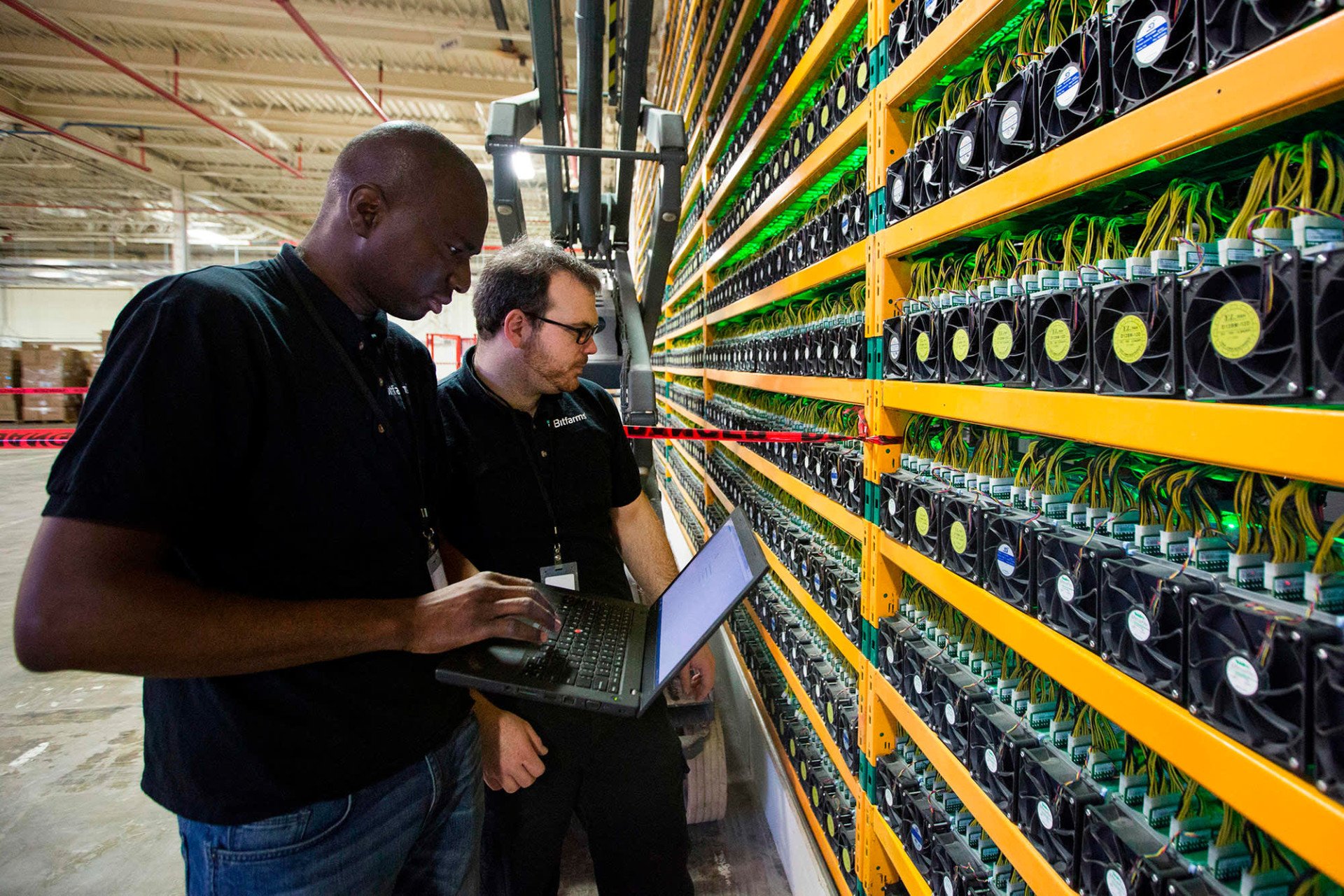Bitcoin mining difficulty suddenly reached 90.67 trillion hashes. Thus hitting a record despite a price drop. Wednesday’s mining difficulty spike shows the growing computational power needed to secure the Bitcoin blockchain. This is the case despite the downturn in the cryptocurrency market.
With Bitcoin’s price faltering, the crypto industry faces a rough period. The record-breaking mining difficulty is adding insult to injury. Network security, miner profitability, wider market pressures, and technological improvements all play a role in the Bitcoin ecosystem’s intricate dynamics. The difference between mining difficulty and market price shows this.

The Impact of Soaring Bitcoin Mining Difficulty on Miners
The sudden Bitcoin mining difficulty spike has shaken the mining community. This is especially true for publicly traded mining businesses. Bitcoin miners are buying more powerful and energy-intensive gear. They aim to stay competitive as mining becomes harder. Recent market instability and exponential computation requirements have put miners’ profit margins under pressure.
As Bitcoin mining difficulty increases, miners are seeking new ways to stay profitable. Certain mining operations are pursuing infrastructure diversification. It aims to accommodate high-performance computing applications, such as AI processing. This strategic adjustment lets miners use their hardware for other, maybe more profitable purposes.
Following the lead of companies like MicroStrategy, some miners are taking a different tack. They are electing to hoard their Bitcoin or even buy more of it. In the face of rising mining costs, some are taking a “HODL” (hold on for dear life) stance, similar to an exchange-traded fund (ETF). They are taking this route, hoping Bitcoin’s value will rise over the long run.
The Halving Event: A Double-Edged Sword for Miners
The network’s most recent quadrennial halving event occurred in April. It compounded the record-high Bitcoin mining difficulty. Each block incentive is now 3.125 BTC, down from 6.25 BTC. It has further increased the pressure on miners’ profitability. The halving process exacerbates the challenge of running lucrative mining operations. It is implemented to regulate the inflation rate of Bitcoin.

Miners are being forced to reassess their strategy and operational efficiencies. This is due to the perfect storm of increasing Bitcoin mining difficulty and decreasing block payouts. If only the most optimised and well-capitalized operations survive this challenging period, the mining ecosystem may centralise.
On the other hand, Bitcoin’s long-term value argument is greatly enhanced by the halving event. The halving adds to the scarcity narrative surrounding Bitcoin. Many feel it will lead to price gain in the future by limiting the rate at which new bitcoins are introduced into circulation. With these potential rewards in mind, miners may be more motivated to persevere during high difficulty and low decreased payouts.
Technological Advancements and Their Role in Mining Difficulty
Bitcoin mining difficulty is rising due to network growth and rapid mining hardware development. The difficulty level is rising because the network’s overall hash rate is increasing. This is because of the continued development of efficient and powerful application-specific integrated circuits for Bitcoin mining.
The mining environment is affected in two ways by these technical advancements. As an advantage, they boost miners’ throughput. It means they have a better shot at solving blocks and collecting rewards. However, there is a continual arms race among miners. This is because the broad use of these sophisticated tools raises the overall Bitcoin mining difficulty.

For the network to remain secure as block rewards decrease with time, mining hardware must become more efficient. Despite shifting financial incentives, the network’s security and decentralisation are preserved via ever-more-efficient mining hardware. This is essential for Bitcoin’s increasing mining difficulty.
Environmental Concerns and Bitcoin Mining’s Future
Bitcoin’s record-high mining difficulty raises environmental worries. Miners use more powerful hardware to survive the tough environment. Hence, Bitcoin’s energy consumption rises. Consequently, environmentalists and lawmakers are scrutinising the mining industry. It could affect how rules are drafted and where mines are located.
These worries have prompted numerous mining enterprises to consider greener energy options and creative cooling systems. The effort is towards reducing their impact on the environment. Some mining companies are shifting operations to areas rich in renewable energy sources. Others are putting money into carbon offset schemes to lessen their influence on the environment.
A more eco-friendly and robust Bitcoin network may be on the horizon due to the drive towards more sustainable mining operations. This is partly prompted by the difficulties of mining Bitcoin at a high level. Nevertheless, the sector faces the persistent challenge of reconciling network security with environmental sustainability. TurkishNYRadio will continue to keep you informed about the latest trends and opportunities in the digital asset world.








